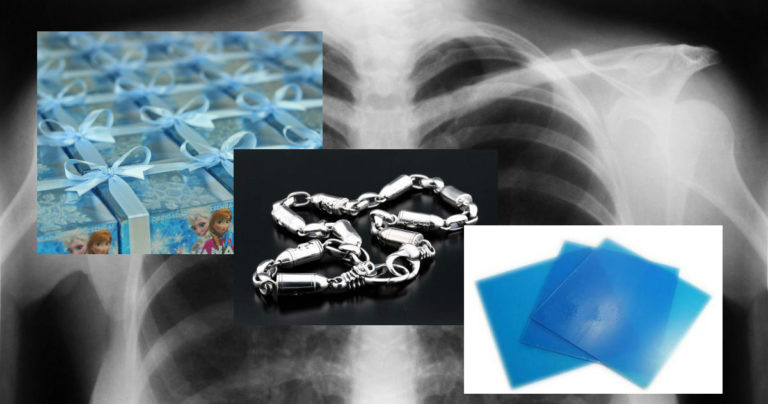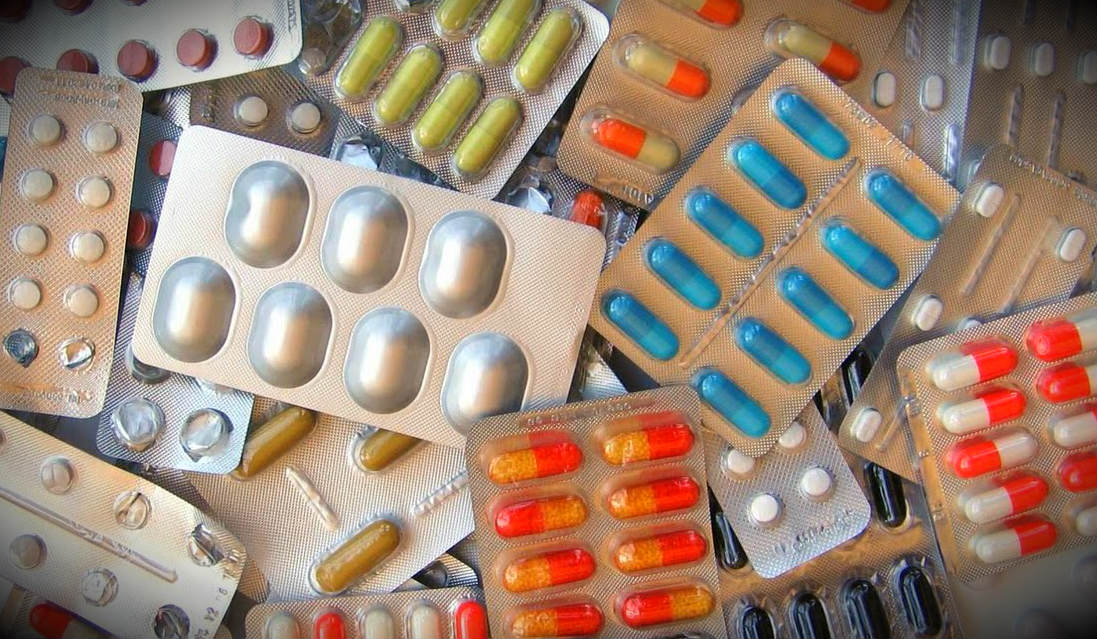Advertisements
When we think of pollution, we often picture smoke billowing from chimneys or plastic floating in the oceans. However, one of the biggest environmental challenges today comes from an unexpected place: our medicines. Improper disposal of medicines and their continual cycling through the water treatment system has created a pharmaceutical cocktail that ends up in our taps. The impact of this on pollution and the environment is alarming, but often overlooked.

How Medicines Get into the Water
The medications we consume are not always fully absorbed by the body. Some of them are excreted and eventually end up in sewage systems. After passing through treatment plants, water is recycled and returned to the environment. However, many of these facilities fail to completely eliminate medications, resulting in pharmaceutical residues that end up in our drinking water.
Antibiotics, synthetic hormones, and other drugs end up flowing into rivers and oceans, where they are absorbed by aquatic wildlife. Studies show that fish and other marine organisms accumulate these drugs in their systems, which in turn can enter our food chain. This vicious cycle of pollution affects both the environment and public health, creating a silent but growing crisis.
The Inadequacy of Water Treatment Systems
Conventional water treatment methods such as coagulation, sedimentation, and filtration are effective in removing many contaminants, but when it comes to pharmaceuticals, the picture is different. These traditional methods remove only a small percentage of pharmaceutical compounds. For example, coagulation and filtration remove only 10% to 12% of the active ingredients present in pharmaceuticals.
Even more advanced techniques, such as the use of activated carbon and ozone, can remove about 75% of these substances, but this still leaves 25% of pharmaceutical residues in the water. This residue is enough to cause adverse effects on the environment, such as genetic mutations in aquatic organisms and hormonal changes that can influence the behavior and health of several species.
Furthermore, the waste resulting from water treatment is often recycled as fertilizer, which reintroduces these compounds into the food chain. This demonstrates how pharmaceutical pollution is deeply embedded in the life cycle of water and the environment.
Consequences of Pharmaceutical Pollution
The effects of this pharmaceutical pollution extend beyond aquatic life. A study in Philadelphia identified 56 different drugs in treated drinking water. In California, about 20 million people consume water containing traces of anti-epileptics and anti-anxiety drugs every day. In San Francisco, drinking water was found to contain synthetic sex hormones, compounds that are notoriously difficult to break down.
This continued exposure to drug residues can have unexpected consequences for human health. There are growing concerns that unintentional ingestion of drugs through drinking water may be contributing to mood swings, abnormal behaviors and even long-term health problems.
While home water filtration systems can reduce the presence of these compounds, they cannot eliminate them completely. The safest alternative would be to rely on a private well in a controlled watershed, but this is a viable option for few.
The Role of the Pharmaceutical Industry and Public Policies
Given the gravity of the situation, it is crucial to rethink the role of the pharmaceutical industry and public policies related to water treatment. The industry’s typical response, which is to claim that there is no conclusive scientific evidence on the effects of drugs on drinking water, is no longer acceptable. By the time the evidence is undeniable, it may be too late to reverse the damage.
One possible solution would be to require all medicines to include a mechanism that ensures their disintegration outside of their packaging, preventing their complex formulas from persisting in the environment. In addition, water treatment plants and bottling plants should be equipped to detect and remove these pharmaceutical residues.
However, these changes are not easy. Equipping all cities with advanced technologies to eliminate up to 95% from pharmaceuticals in water would be extremely expensive and complex. Therefore, it is essential to find a balance between improving water treatment and redesigning pharmaceuticals in a way that does not pass the cost on to the end consumer.
Lifestyle Changes: A Complementary Solution
While public policies and technological advances are essential, it is also necessary to reflect on our own behavior regarding medication consumption. The increase in the use of medications, often unnecessary, is directly linked to stress and the modern lifestyle. Reducing the unbridled consumption of pills and adopting a healthier lifestyle can be an effective way to reduce pharmaceutical pollution.
In addition, alternative and natural medicine is gaining relevance in this scenario. The search for less invasive and more sustainable solutions can help reduce dependence on traditional medicines, thus reducing the burden of pharmaceutical pollutants on the environment.
Time to Take Action Against Pharmaceutical Pollution
Water pollution from drug residues is a real and urgent problem. Constantly recycling water without properly removing these contaminants perpetuates dangerous exposure to a pharmaceutical cocktail that affects both the environment and human health. Action is needed now, whether by rethinking drug production and disposal, improving water treatment systems, or adopting lifestyle changes that reduce drug consumption.
Sustainability and respect for the environment are everyone’s responsibility. The crisis of pharmaceutical pollution in water cannot be ignored. We must work together as a society to protect our water resources and ensure a safer and healthier future for future generations.
Check out other interesting facts about recycling clicking here.
Learn how to make art by recycling, Click here.




Dear Ricardo,
I would like to know which sources of information were cited in the preparation of this article? I would like to consult them for a research project to be presented in November 2016, since I will be citing this article.
Thank you in advance.
Erika, this is an article by Gunter Pauli. You can find more information at http://www.gunterpauli.com